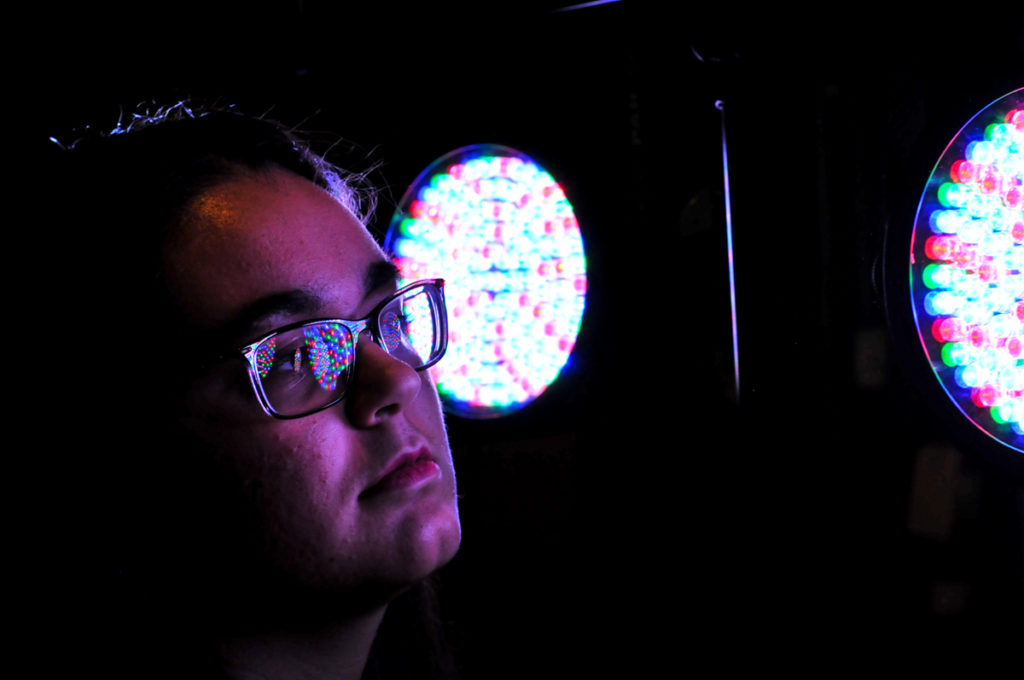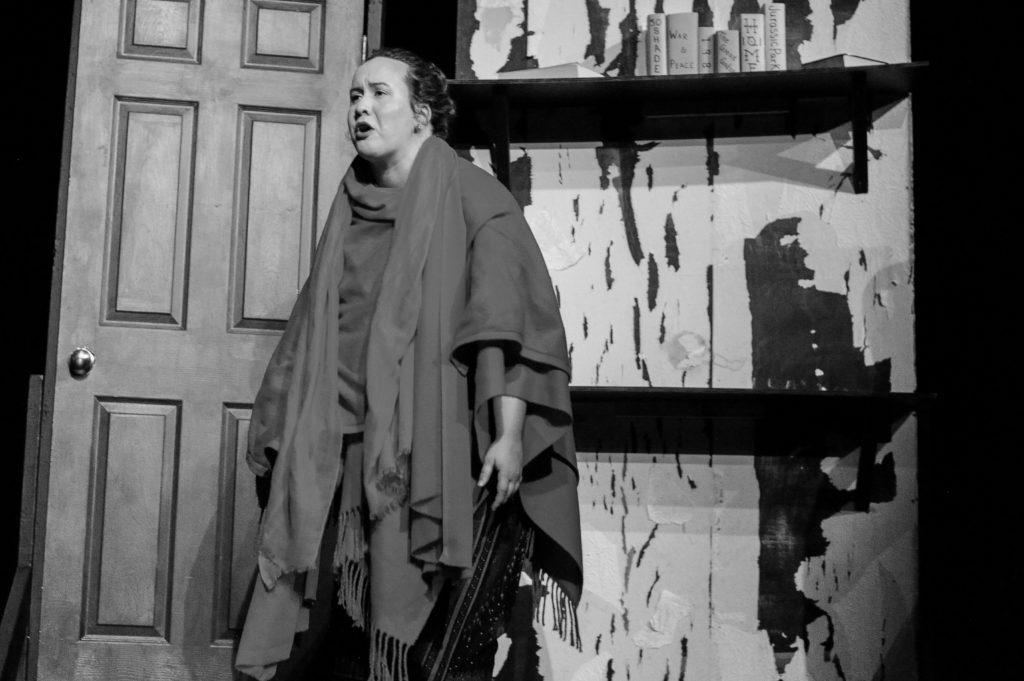March 8 marks the 45th anniversary of International Women’s Day since the celebration began in 1975. Since the era of second-wave feminism in the 70s, women have come a long way. At Carleton’s campus in 2020, women exist in an environment that offers numerous supports.
“I do think the challenges of coming to university, for all female-identified students, is hard,” said Dr. Katharine Bausch, a professor of gender and sexuality studies at Carleton.
![]() “It’s the barriers people face by the expectations that people have, what happens when you get to university, and there’s bias in the university of course.”
“It’s the barriers people face by the expectations that people have, what happens when you get to university, and there’s bias in the university of course.”

The CUSA run Womxn’s Centre offers services such as: free male/female condoms, pregnancy tests, menstrual products, and resources. It maintains a women’s only space for breastfeeding, resting, prayer and self-care. As well as being connected to on-campus services such as Carleton Legal Clinic, CUSA Foot Patrol, Equity Services, and services in Ottawa such as rape crisis centres, Planned Parenthood, Sexual Health Centre, Kind, and Family Services.
Along with the Womxn’s centre, CUSA also runs the GSRC (Gender and Sexuality Resource Centre) which offers services such as support and mentorship, safe space trainings, safe-sex supplies, a drop in space and LGBTQ+ workshops. The GSRC also houses the second largest queer library in Ottawa.
In addition to the student based CUSA programs, Carleton University runs an Equity and Inclusion board with sexual assault services, and help for any students facing equality issues.
Cumulative disadvantage
According to Meridee Bujaki, a professor at Sprott School of Business and co-director of Carleton’s Centre for Research on Inclusion at Work (CRIW), a concept known as cumulative disadvantage prevents women from getting into leadership positions.
This refers to biases, stereotypes, or assumptions made about women early on in their careers that affect them later on–assumptions that are not made about their male colleagues. ![]() “We know for women to get into leadership in a corporate environment, they really need to have experience managing a business unit where they’re responsible for generating a profit,” said Bujaki. “For women in the public sector, it is this idea of having a breadth of experience and being able to move up.”
“We know for women to get into leadership in a corporate environment, they really need to have experience managing a business unit where they’re responsible for generating a profit,” said Bujaki. “For women in the public sector, it is this idea of having a breadth of experience and being able to move up.”
Cumulative disadvantages curtail this progress.
“They may not get picked [to] go give a presentation or they may not be picked for training or they may not be offered an international or an out-of-town job, because there’s an assumption that they might not be interested or might not be willing to take it.”
This means that by the time women have advanced in years of seniority and experience, they don’t have the “identifiable things” that would make them qualified for leadership because they “haven’t experienced that in their career trajectory,” Bujaki added.
Student Leaders
Despite challenges in the workplace, women leaders have been making inroads in student-run organizations on campus.

“We [are] the first two female ADs in a very long time,” Sekerinski said.
The process of becoming an artistic director is through an election. The candidate must be on the Sock ’n’ Buskin board of directors for at least a year, then apply for the position, and go through a speech and interview process.
Sheils said that the board is made up of people who are “best suited to the job” and are best able to represent the community.
“We never looked at gender, like we’re gonna take this many girls and this many guys,” She said.
“They may not get picked [to] go give a presentation or they may not be picked for training or they may not be offered an international or an out-of-town job, because there’s an assumption that they might not be interested or might not be willing to take it”
– Meridee Bujaki, professor at Sprott School of Business
Currently, the Sock ’n’ Buskin executive team is primarily made up of women, but that doesn’t mean it’s safe from sexism.

Like Sock ‘n’ Buskin, CUSA had its first female president in 10 years in 2019-20 when current president, Lily Akagbosu took the position. She is succeeded by Kathleen Weary who will be taking on this role for the 2020-21 academic year.
Weary is a third-year BGInS student, who became inspired to get involved in student government after participating in climate change protests and was encouraged to become a part of the CUSA executive team by Akagbosu, who has been mentoring her throughout the transition process.
Leading Differently
![]() According to Bujaki, there is evidence that the way women lead is different from the way men lead, but society does not value women’s style of leadership as much as men.
According to Bujaki, there is evidence that the way women lead is different from the way men lead, but society does not value women’s style of leadership as much as men.
“Often, women are not perceived as being ready for leadership,” she said.

“At the beginning of her career she tried, subconsciously, to embody male leadership traits and [tried] to be more stern, and appear insensitive at times,” Weary said.“She came to see that wasn’t really who she was, and that her style of leadership is much more what she calls, feminine leadership traits. More leading through listening, and through empathy.”
While Weary is not nervous to lead because of her gender, she said that she feels self-doubt.
“You feel so much more average, just like a regular student. You definitely doubt yourself a lot, and feel so underqualified, maybe just not as ready,” she said.
Bujaki said that young women should take risks early on in their careers, to boost their confidence and gain experience.

“I would like young women to recognize that they don’t have to wait till they’re well into their career or their 30s or 40s to become leaders,” she said.
“They can actually take on leadership responsibilities at whatever point they are in their organization or in their study, and practice the skills of being a leader and ask for an opportunity that allows you to develop and to practice those leadership skills.”
Weary is ready to take on the role of CUSA president next year with these thoughts in mind.
“I just try to be myself through leadership and whether you think those are more feminine or more non-traditional leadership styles, I just really focus on listening, empathizing and kind of trying to build other people up.”
Feature Graphic by Sara Mizannojehdehi. With Files from Marieta-rita Osezua and Safiyah Marhnouj.






